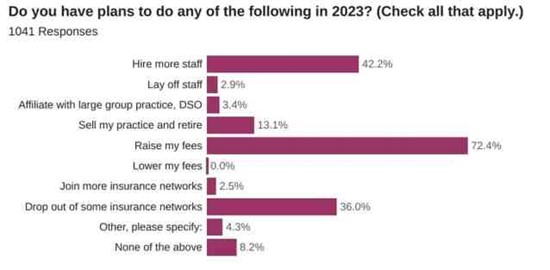MM Curator summary
The article below has been highlighted and summarized by our research team. It is provided here for member convenience as part of our Curator service.
[MM Curator Summary]: NY NH providers say they have a 42% inflation factor that they are stuck dealing with, and if the state doesn’t give them a 20% raise like right now several of them will shut down.
Jan 18, 2023 —
A coalition of nursing homes says, if the state doesn’t increase its Medicaid reimbursement rates, the eldercare facilities may have to reduce the number of beds — or even shut down all together.
03:12
00:00
Cara Chapman’A ticking time bomb’: NY nursing homes push for Medicaid rate increase
United Helpers Rehabilitation and Senior Care in Canton is one of a couple dozen skilled nursing facilities formally advocating for Gov. Kathy Hochul to increase the Medicaid reimbursement rates for long-term care by 20% in this year’s budget. Photo provided
According to the state’s health insurance assistance program, most nursing home residents use Medicaid to pay for their care. New York State sets the reimbursement rates the facilities get paid for those residents.
United Helpers COO Stacey Cannizzo said the state hasn’t adjusted those rates for inflation since 2007.
“There is approximately a 42% inflationary factor that we have not been able to manage because our rates have been stagnant for so long,” she said.
United Helpers — which operates the United Helpers Rehabilitation and Senior Care facility in Canton — and a couple dozen other skilled nursing facilities say they collectively lost more than $81 million last year. Cannizzo said the Medicaid rates led to those losses; United Helpers actually closed its Ogdensburg facility in 2021 due to financial difficulties.
The nursing homes, all of whom are nonprofits located throughout Upstate, formed a coalition in November. They want the governor to include a 20% increase to the Medicaid rates in this year’s budget, as well as a process put in place to ensure the state routinely looks at and adjusts reimbursement levels.
Republican Assemblyman Matt Simpson — whose district covers all of Warren County and parts of Essex, Washington, Saratoga and Fulton counties — said raising the Medicaid rates for long-term care is one of his top priorities this session. He said both the rates and nursing home staffing have been at crisis levels for several years.
“It’s a ticking time bomb right now,” Simpson said, “and if we lose these facilities because we’re not correctly supporting them, it’s going to be devastating for those that need those services.”
Cannizzo said the stagnant Medicaid rates hinder efforts to attract and keep staff. Since nursing homes have to meet minimum staffing levels, lack of staff means facilities across the state are leaving beds empty. She said that can mean individuals are unable to access the care they need and hospitals don’t have a place to send patients who need post-acute care.
Republican Assemblyman Scott Gray represents the St. Lawrence “River District” that comprises parts of St. Lawrence and Jefferson County. He said there’s “no question” the rates are overdue for an adjustment, but that the biggest objective is to keep people in their homes and make sure they can afford to age in place. Gray said that’ll help reduce the cost of Medicaid for long-term care.
“Essentially, if we can address and help and assist with aging in place and keep the Medicaid costs down, then we can pay for these adjustments that are necessary — providing we don’t wait 15 years to do it again.”
Stacey Cannizzo is the COO of United Helpers, which operates United Helpers Rehabilitation and Senior Care in Canton. Photo provided
Cannizzo said she thinks raising the Medicaid rates is an issue that affects every New Yorker. She said it could be the individual themselves, or a family member, friend or someone in their community who needs long-term care.
“These are people that have worked and paid taxes their entire lives, and we are committed to making sure that their needs are met — but we need the help and we need the support of the governor to make sure that we can afford to provide that care.”
Cannizzo said she’s “cautiously optimistic” that the rates will go up with this budget. Regardless, the coalition plans to take a long-game approach to keep the issue on people’s minds.
Gov. Kathy Hochul’s State of the State book, which outlines her priorities for the year, does not specifically mention Medicaid reimbursement rates for long-term care. But, similar to what Assemblyman Gray said, the plan proposes investing in teams to provide care for low-income adults in their homes and allow them to age in place.
Hochul spokesperson Justin Mason said in a statement that the governor is “committed to ensuring that all New Yorkers can age with dignity and independence in the community of their choosing.” On whether she’s considering an increase to the Medicaid rates for long-term care, he said more information would be shared when she releases her executive budget later this month.

